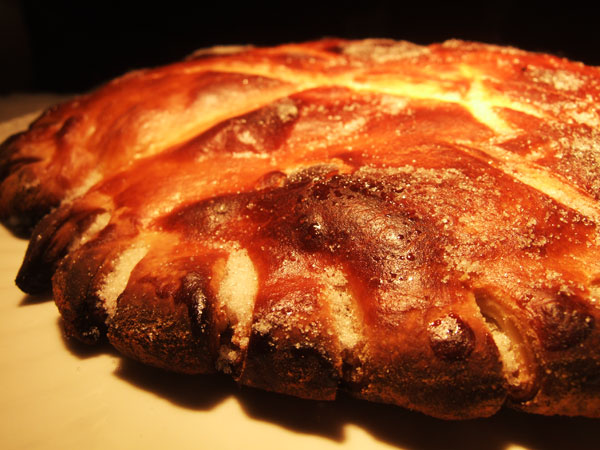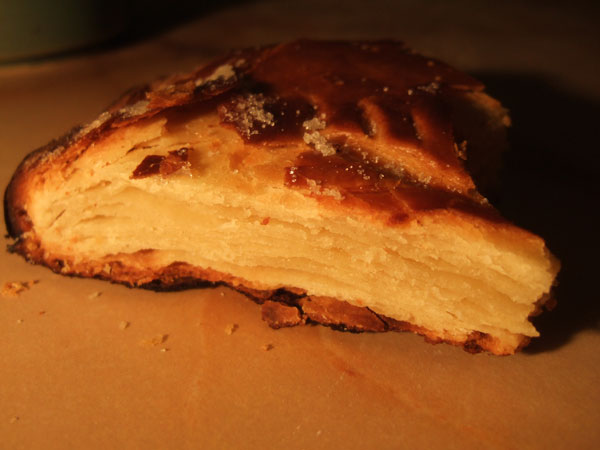 Washington Cake: Dense, moist, and chock full of raisins.
Washington Cake: Dense, moist, and chock full of raisins.
Today we have a guest post from my intern, J.C. Paradiso! She’s a trained chef with her masters in Food Studies from NYU, and this “semester”, we’re working towards launching her own blog under the handle The Savage and the Sage. Look for it soon!
Presidents’ Day has never really resonated for me. If you are like me, a holiday just isn’t a holiday unless there is some kind of food involved. No food memories, no holiday.
I did some digging and realized that there is no holiday called Presidents’ Day. The holiday we celebrate is officially called Washington’s Birthday.
At the time of his death in 1799, George Washington was largely considered the most important figure in American History. He was eulogized by Congressman and Revolutionary War General, Henry Lee, with the beautiful sentiment: “First in war, first in peace, first in the hearts of his countrymen…” Washington was a towering figure in the relatively newly minted American psyche; he was Pater Patriae, the Father of our Country. In the wake of his death, his birthday became an important celebration, including speechifying, fireworks, and “…taverns across the country filled with revelers celebrating the birth of the nation’s hero…” (source)
Washington’s birthday became an official holiday in 1879. In 1968 Congress passed the Monday Holiday Law to “provide uniform annual observances of certain legal public holidays on Mondays.” The official celebration was moved to the third Monday in February, nestled between Lincoln and Washington’s birthdays. By creating more 3-day weekends, Congress hoped to “bring substantial benefits to both the spiritual and economic life of the nation.”
While there may not be food associated with Presidents’ Day today, historically there are food traditions associated with celebrating George Washington. Perhaps the most well known story about George Washington is that of Washington chopping down the cherry tree, which is now regarded as having been fabricated by his biographer, Parson Weems. That being said, according to The Presidents’ Cookbook: Practical Recipes from George Washington to the Present, George Washington apparently loved cherries, and all things cherry continue to have an association with Washington, like marzipan cherries and a chopped-cherry Washington salad.
By the early 19th century, there are recipes in cookbooks and memoirs of various versions of “Washington Cake.” The origin of this patriotic baked good may have been an American imitation of a British practice to celebrate a nobleman’s birthday with a special cake. According to The Market Book by Thomas F. De Voe, in the early 1800s, a woman named Mary Simpson, who claimed to have been a former slave of Washington’s, took in laundry “for several bachelor gentlemen” in a basement storefront on the corner of Cliff and John Streets in Manhattan. She would also sell homemade baked goods, eggs and dairy. According to De Voe, “She never forgot her old master’s birthday…and she kept it most faithfully by preparing a very large cake which she called “Washington Cake,” (once a favorite of Washington,) a large quantity of punch, then a fashionable drink, and hot coffee…” She arranged these treats under a portrait of her old master, and was called upon by prominent members of the community who would “..praise her old master’s portrait and his many noble and heroic deeds…She said she ‘was fearful that if she did not keep up the day by her display, Washington would be soon forgotten.” (ED Note: JC and I both agreed this story dealt with some uncomfortable, yet fascinating, stuff. It’s an interesting perspective on slavery, written by a man living in a free state in the midst of the Civil War. Feel free to leave your thoughts in the comments.)
So, what exactly is Washington Cake? While there are a few variations, the first published recipe for Washington Cake that I could find appeared in 1831 in The Cook Not Mad or Rational Cookery, A Frontier Cookbook. It called for “One pound of sugar, one of flour, half pound butter, four eggs, one pound raisins, one of currants, one gill of brandy, tea cup of cream, spice to your taste.” As was typical of the time, it contained no chemical leavening.
And you know what? The Cook Not Mad recipe for Washington Cake is pretty delicious–how could it not be with all that fat and all that sugar? The one caveat is that you really do have to like raisins, because this cake is FULL of them.
***
Washington Cake
Adapted from The Cook Not Mad, 1831.
2 cups sugar
2 cups flour, sifted
2 sticks butter, plus 1 TBSP for greasing
4 eggs
3 cups raisins (or 1 1/2 cup raisins and 1 1/2 cups currants)
¼ cup brandy
½ cup cream
¼ tsp each: cloves, cinnamon, nutmeg (all finely ground)
1.Pre-heat oven to 325 degrees. Grease a 9×5 inch loaf pan and set aside.
2.Cream together butter and sugar until mixture is light and fluffy and the color is light yellow, about 3 minutes on medium high speed.
3.Continue to beat mixture on medium high speed, adding in eggs 1 at a time. Add in remaining wet ingredients (brandy and cream).
4.Fold flour, by hand, into cake batter in three batches. Add in spices. Add in raisins and mix well to fully incorporate all ingredients.
5.Transfer batter to loaf pan and cook for about 80 minutes, or until a cake tester (or knife) inserted into the center of the cake comes out clean.
6. Let cake sit for 15 minutes before removing it from pan.


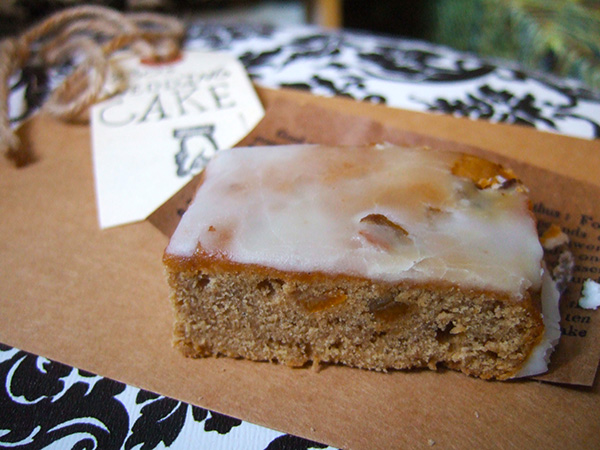
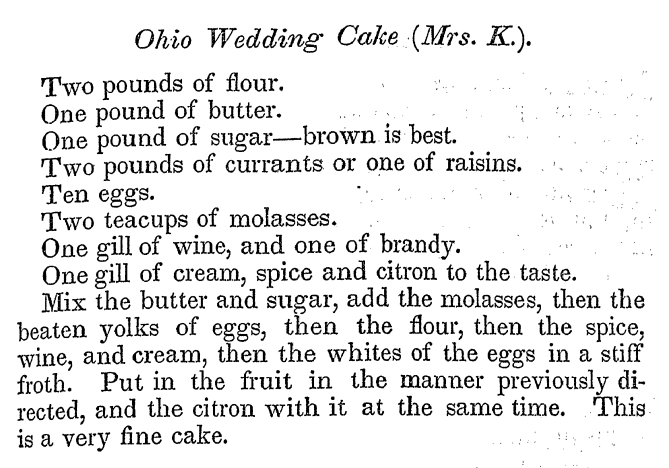
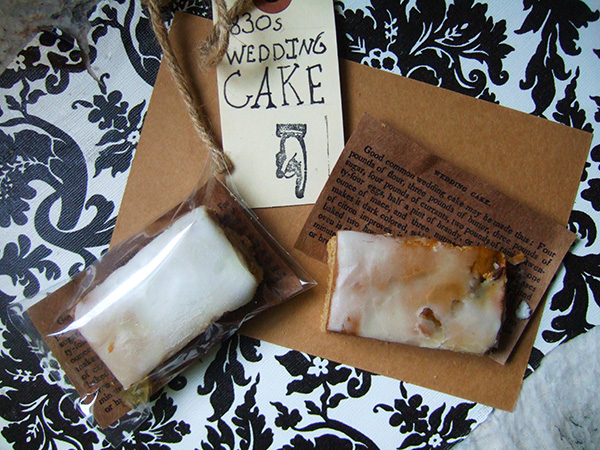

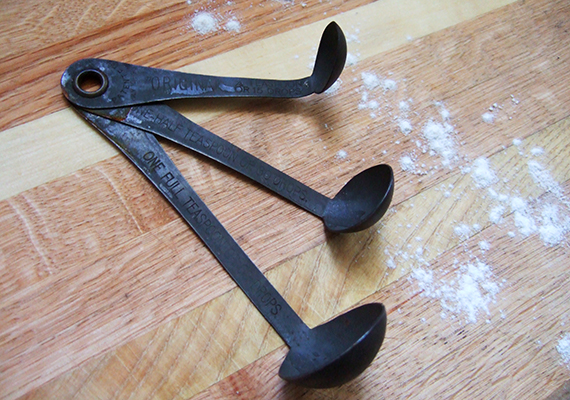
 A Silesian Cheese Cake!
A Silesian Cheese Cake!
 Moxy helps the dough rise.
Moxy helps the dough rise. What is this? I don’t know.
What is this? I don’t know. Mixing the Topping.
Mixing the Topping. Gummy, but decent.
Gummy, but decent.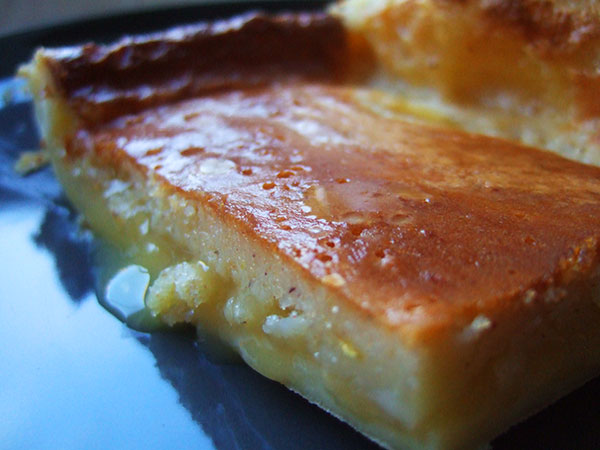
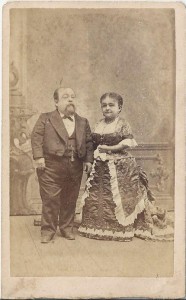
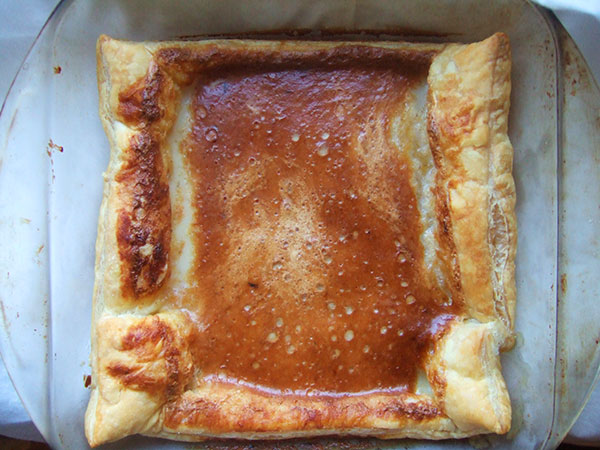





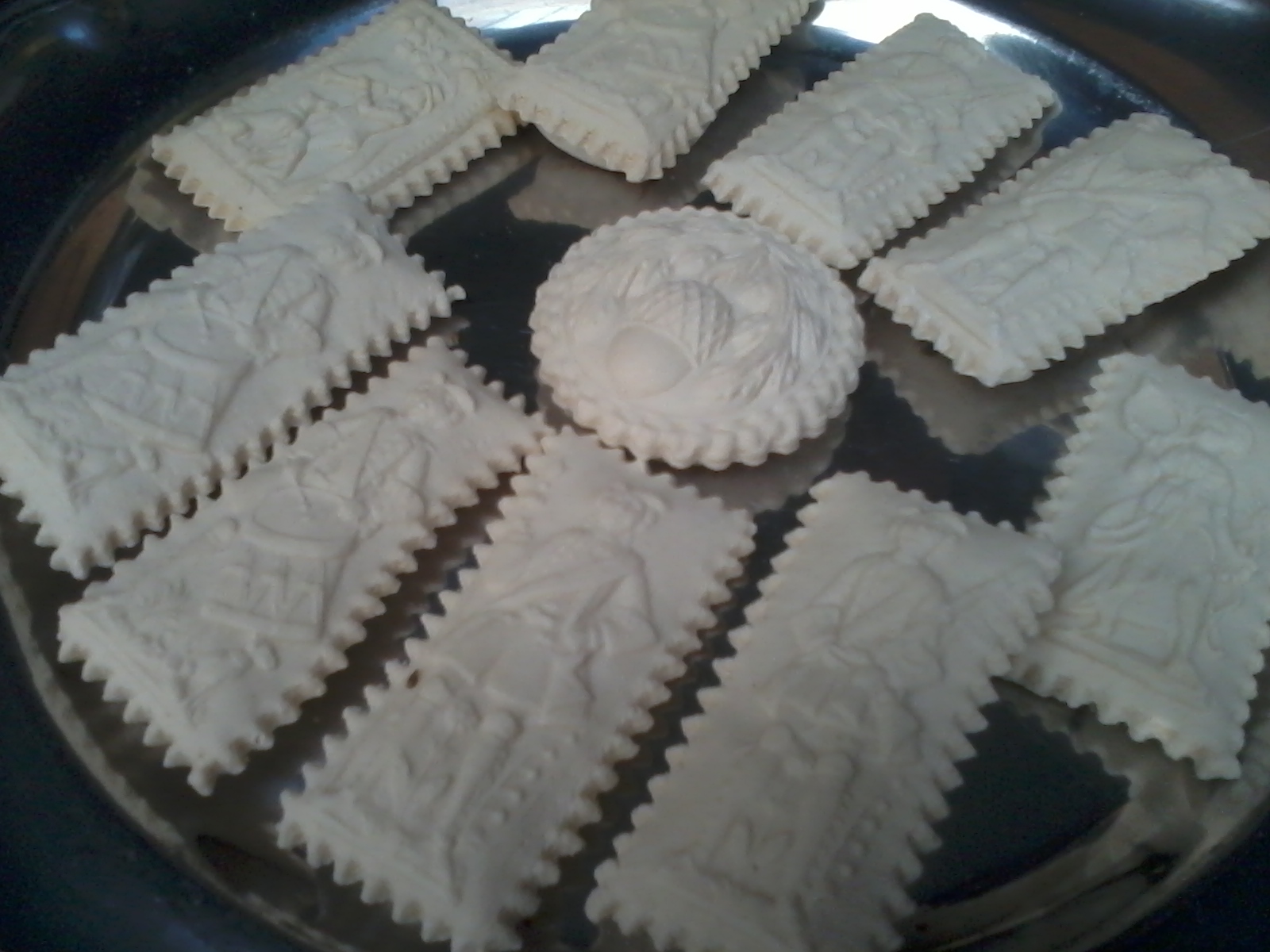

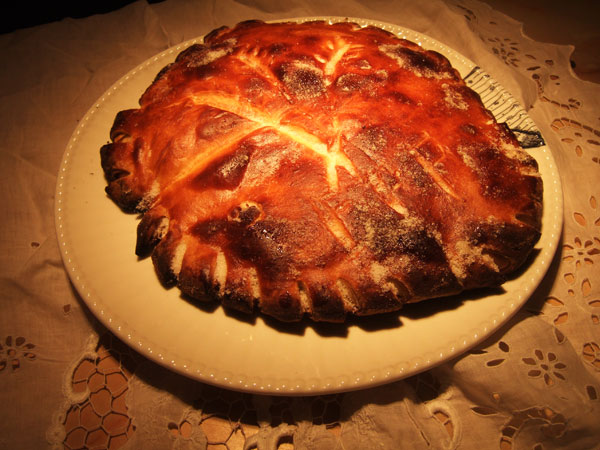 A mediocre Galette des Rois.
A mediocre Galette des Rois.
